What to Know About Adding a New Fence
The Purpose of a Fence
Think about the role you want a fence to play in your landscape, apart from its practical application. “A well-designed fence frames and enhances the beauty of your property,” says fencing expert Deanne Clough of Clough Construction in San Rafael, California.
The primary reason many people install a fence is to define the borders of their property. The right fence does more than that: It provides security and privacy, keeps children and pets safe and enhances the look of your yard. The best fences meet all of these goals.
Privacy. For privacy, you’ll want a fence that is solid, or almost solid, and tall. The recommended minimum height is 6 feet for both screening and safety, although you can adapt that to fit your space. Sometimes a shorter fence will work if you’re on a slope or don’t have close neighbors. You might also want something even taller, provided it’s allowed in your area.
Safety. If safety is a concern, especially if you have children and pets or are worried about a pool or other “attractive nuisance” in your yard, a tall, solid fence can be a good choice. When it comes to keeping dogs or other pets safe, consider their size, how high they can jump and how likely they are to want to explore.
Safety. If safety is a concern, especially if you have children and pets or are worried about a pool or other “attractive nuisance” in your yard, a tall, solid fence can be a good choice. When it comes to keeping dogs or other pets safe, consider their size, how high they can jump and how likely they are to want to explore.
Decoration. Your options are more open for fences that will primarily be a decorative feature. “This is your chance to be creative,” Clough says. Shorter fences, more open fences and even fences that are barely there are all possibilities.
Whom to Hire
Hiring a fencing professional will give you a well-built, long-lasting fence. Professionals are conversant with local rules and regulations and are experienced and efficient when it comes to installation.
Fence contractors can also help you decide on the best design for your needs. “The whole experience should be transparent and easy. Although during the busy season, contractors are overwhelmed, they should at least answer their phone or email to keep the customer informed,” says fencing expert Hristofor Dimitrov of Dream Fence by Fensu in Waltham, Massachusetts.
If you’re working on a complete landscape overhaul, you may turn to a landscape architect or designer to create a specialized design to fit with your project. You also might want to work with a carpenter or metalworker for a more custom fence.
Hiring a fencing professional will give you a well-built, long-lasting fence. Professionals are conversant with local rules and regulations and are experienced and efficient when it comes to installation.
Fence contractors can also help you decide on the best design for your needs. “The whole experience should be transparent and easy. Although during the busy season, contractors are overwhelmed, they should at least answer their phone or email to keep the customer informed,” says fencing expert Hristofor Dimitrov of Dream Fence by Fensu in Waltham, Massachusetts.
If you’re working on a complete landscape overhaul, you may turn to a landscape architect or designer to create a specialized design to fit with your project. You also might want to work with a carpenter or metalworker for a more custom fence.
Considerations Before Adding a Fence
Fences are fairly straightforward landscape additions, but there are some things to take into consideration.
Rules and regulations. Guidelines for fences vary widely, depending on the situation and where you live. There may be a required setback from the street, sidewalk or your property line. The height and material of your fence may be regulated, and there might be design requirements such as facing the nicer side of a fence toward the street or your neighbors.
“Houses on corner lots may have restrictions due to visibility, and some properties abut conservation land or are in historical districts [which may have] different restrictions,” Dimitrov says. Check with your local building department or other officials to find out the exact guidelines for adding a fence in your area.
If you have an “attractive nuisance” such as a pool in your yard, most local codes have specific requirements regarding fencing, gates and materials. You can always call your area’s building department or planner and ask for guidance.
Fences are fairly straightforward landscape additions, but there are some things to take into consideration.
Rules and regulations. Guidelines for fences vary widely, depending on the situation and where you live. There may be a required setback from the street, sidewalk or your property line. The height and material of your fence may be regulated, and there might be design requirements such as facing the nicer side of a fence toward the street or your neighbors.
“Houses on corner lots may have restrictions due to visibility, and some properties abut conservation land or are in historical districts [which may have] different restrictions,” Dimitrov says. Check with your local building department or other officials to find out the exact guidelines for adding a fence in your area.
If you have an “attractive nuisance” such as a pool in your yard, most local codes have specific requirements regarding fencing, gates and materials. You can always call your area’s building department or planner and ask for guidance.
Neighbors. Adding a fence can also affect neighbors. Before you get started, you’ll want to let your neighbors know your plans and try to allay any concerns about privacy or blocking their views or breezes. You’ll also want to be clear about who is responsible for upkeep on both sides of the fence. Often this is a shared responsibility, but confirming before you build is always wise.
Choosing a “good neighbor fence,” which is often required, is always a good design approach if you’ll be sharing a fence line with your neighbor or neighbors. These fences are identical or almost identical on both sides, giving both you and your neighbor the “good” side of the fence.
Choosing a “good neighbor fence,” which is often required, is always a good design approach if you’ll be sharing a fence line with your neighbor or neighbors. These fences are identical or almost identical on both sides, giving both you and your neighbor the “good” side of the fence.
Finding Your Fence Style
Fence styles run the gamut from simple to elaborate. They also vary in terms of how much security, privacy, safety and style they offer. The more common styles are listed here, but your final design choice is only limited by your chosen material and your budget.
The basic framework of any fence consists of horizontal posts; rails connecting the posts that sit at or near the bottom and top of the fence; and the area between the posts, called the bay, where the boards, bars or panels are attached.
Decorative elements can be added to almost any fence style. Among the most commonly added features include pickets; rounded tops on the individual boards; trim that frames the fencing between the posts; wood lattice; glass panels; metal filigrees, spikes and arches along the top of a fence; a kickboard along the bottom of the fence; and caps and finials to top the posts. You can also set the boards in an arched or reverse arched design, also called a scalloped design, between the posts.
Fence styles run the gamut from simple to elaborate. They also vary in terms of how much security, privacy, safety and style they offer. The more common styles are listed here, but your final design choice is only limited by your chosen material and your budget.
The basic framework of any fence consists of horizontal posts; rails connecting the posts that sit at or near the bottom and top of the fence; and the area between the posts, called the bay, where the boards, bars or panels are attached.
Decorative elements can be added to almost any fence style. Among the most commonly added features include pickets; rounded tops on the individual boards; trim that frames the fencing between the posts; wood lattice; glass panels; metal filigrees, spikes and arches along the top of a fence; a kickboard along the bottom of the fence; and caps and finials to top the posts. You can also set the boards in an arched or reverse arched design, also called a scalloped design, between the posts.
Solid. A solid fence protects your yard from prying eyes and provides added security. It will also shield you from strong winds and function as a sound barrier. A solid fence makes an ideal backdrop and support structure for hanging pots, living walls, lighting or other decorative items. Most solid fences are either wood, vinyl or PVC.
The typical solid fence features boards placed vertically between the posts. They can be set directly next to each other or overlap to create the barrier. Setting one board slightly behind the two adjoining boards will create a shadowbox effect.
The typical solid fence features boards placed vertically between the posts. They can be set directly next to each other or overlap to create the barrier. Setting one board slightly behind the two adjoining boards will create a shadowbox effect.
Rail. Split-rail fences and squared-off post-and-rail fences are the two most common versions of this type of fence. As the name implies, these fences have rails that run between the posts, creating a sturdy but open feel. Split-rail fences create a natural or rustic style. The more polished rail-and-post fences also work well for a ranch or estate-garden feel but are equally effective when paired with a contemporary landscape design.
Split-rail fences are almost always constructed with wood, but wood composites and vinyl are other options.
Split-rail fences are almost always constructed with wood, but wood composites and vinyl are other options.
Picket. A picket fence is the classic choice for framing a garden and creating a boundary while maintaining an open and inviting feel. The boards of a picket fence feature the familiar pointed top that rises above the top rail. Most picket fences are 3 to 4 feet tall, although you can use the picket-style top on other fence designs.
The pickets can be spaced side by side along one side of the rail or can be alternated between either side. You can also choose what the spacing between the pickets will be.
Wood, wood composite and vinyl are popular material choices for picket fences, but you could also choose a picket style or a similar look, such as a gothic arch or a spike, on a metal fence.
The pickets can be spaced side by side along one side of the rail or can be alternated between either side. You can also choose what the spacing between the pickets will be.
Wood, wood composite and vinyl are popular material choices for picket fences, but you could also choose a picket style or a similar look, such as a gothic arch or a spike, on a metal fence.
Ornamental. Metal fences with stylized bars and decorative elements that range from simple to elaborate epitomize ornamental design. They’re especially effective with traditional or Mediterranean-style homes and gardens. Choosing latticework or a wood grid will give your fence a country feel that can work with a wide range of architectural and garden styles.
The open design of ornamental fences allows passersby to get enticing glimpses of the garden, even if the fence is tall, while still providing a sense of enclosure and some privacy.
The open design of ornamental fences allows passersby to get enticing glimpses of the garden, even if the fence is tall, while still providing a sense of enclosure and some privacy.
Horizontal. This fence style is gaining popularity as a more contemporary look for a privacy fence. “A lot of people ask for them,” Clough says.
The boards or bars run horizontally between the posts. They can either be set one on top of the other to provide total privacy or slightly spaced or woven for a more open feel. Most horizontal fences are made from wood, but you can find vinyl and bamboo options as well.
The boards or bars run horizontally between the posts. They can either be set one on top of the other to provide total privacy or slightly spaced or woven for a more open feel. Most horizontal fences are made from wood, but you can find vinyl and bamboo options as well.
Mixed materials. Combining two different fencing materials can give your fence a one-of-a-kind look while also reducing costs. A popular approach is to create a frame, usually of wood, between the posts, then fill it in with metal, wire, bamboo or even stones held in place by wire (called gabion walls). Depending on the materials you choose, the look can range from natural to modern.
Fence Material Options
You’ll want to consider looks, longevity, maintenance and cost when choosing the materials for your fence.
Wood and wood composites. Wood is usually the first material people think of when it comes to fences. It’s sturdy, easy to install and can be left natural, stained or painted. It is also adaptable to almost any design or style, from solid fencing to see-through latticework to rails and posts or pickets. Wood is a good choice for a frame for other materials such as metal or bamboo. It is also easy to grow plants or hang objects on a wood structure. Wood is also one of the least expensive fencing materials.
You’ll want to consider looks, longevity, maintenance and cost when choosing the materials for your fence.
Wood and wood composites. Wood is usually the first material people think of when it comes to fences. It’s sturdy, easy to install and can be left natural, stained or painted. It is also adaptable to almost any design or style, from solid fencing to see-through latticework to rails and posts or pickets. Wood is a good choice for a frame for other materials such as metal or bamboo. It is also easy to grow plants or hang objects on a wood structure. Wood is also one of the least expensive fencing materials.
Look for a sustainably harvested wood that is native to or grows easily in your area. Cedar and redwood are naturally rot-resistant, which can make their added cost worth it. Southern pine, spruce and fir can also be used, but be sure to check if they require some sort of treatment for use, especially for posts or other structural pieces. Treated wood, especially pressure-treated wood, isn’t available in some areas.
A wood fence will require regular maintenance, which can include sanding and sealing, re-staining or repainting. It will also expand and shrink over the years, and you may have to replace individual pieces that warp, bend or break.
Even with that, a wood fence will eventually deteriorate and need replacement, lasting anywhere from 10 years on. With good care, a fence can last longer, but expect to replace it around 20 years after installation.
Even with that, a wood fence will eventually deteriorate and need replacement, lasting anywhere from 10 years on. With good care, a fence can last longer, but expect to replace it around 20 years after installation.
To add longevity, you can turn to wood composites. Made from a variety of materials, including recycled plastic, wood composite is more durable, rot-resistant and long-lasting than wood and can hold up to extreme heat and cold as well as hard wear better than vinyl. More color options are becoming available, and with the right preparation, composites can also be painted. Care consists of periodically hosing the boards down.
Wood composite is more expensive at the onset. It also can fade over the years. You will need to replace a wood composite fence every 25 years or so, and you might need to replace occasional pieces as they become damaged.
Wood composite is more expensive at the onset. It also can fade over the years. You will need to replace a wood composite fence every 25 years or so, and you might need to replace occasional pieces as they become damaged.
Vinyl and PVC. Vinyl is more expensive up-front than wood, but it also lasts longer. It’s a good choice for warm yet damp climates. It doesn’t warp, rot or shrink, is immune to insects and doesn’t need to be painted.
Vinyl traditionally had a fairly limited color palette, but more color options are becoming available, including ones that mimic wood tones. Repairs can be difficult and vinyl can be damaged when exposed to extreme elements.
Vinyl is very low-maintenance, only requiring periodic hosing off and occasionally scrubbing stubborn grime with a diluted dish soap mixture. Expect a vinyl fence to last 30 years or more.
PVC looks similar to vinyl and costs about the same price, but it isn’t as durable and won’t last as long.
Vinyl traditionally had a fairly limited color palette, but more color options are becoming available, including ones that mimic wood tones. Repairs can be difficult and vinyl can be damaged when exposed to extreme elements.
Vinyl is very low-maintenance, only requiring periodic hosing off and occasionally scrubbing stubborn grime with a diluted dish soap mixture. Expect a vinyl fence to last 30 years or more.
PVC looks similar to vinyl and costs about the same price, but it isn’t as durable and won’t last as long.
Metal. Aluminum, steel and wrought-iron fences add a distinctive, classical look to any landscape. They’re also very sturdy, and decorative elements, such as arches and filigrees, add a strong design element. Most metal fences are fairly open, with bars or freeform designs that allow glimpses both into and out of the yard.
Metal fences won’t fade over time. They’re also a good choice for those living in cold climates, as they can handle temperature extremes.
Aluminum is lightweight and rust-resistant, but not as sturdy as stainless steel or wrought iron. Stainless steel can rust unless treated, which will require sanding and repainting. It is also very heavy. Both aluminum and stainless steel are more expensive than wood, falling in the mid-range for prices, but will last longer.
Metal fences won’t fade over time. They’re also a good choice for those living in cold climates, as they can handle temperature extremes.
Aluminum is lightweight and rust-resistant, but not as sturdy as stainless steel or wrought iron. Stainless steel can rust unless treated, which will require sanding and repainting. It is also very heavy. Both aluminum and stainless steel are more expensive than wood, falling in the mid-range for prices, but will last longer.
Wrought iron offers a timeless appeal that will work with any fence style. It is also one of the more expensive fencing materials. Any chips or damage can rust if you don’t repair them as soon as possible.
A basic chain-link fence is another metal choice. These utilitarian fences are strong and long-lasting, an ideal security choice for both your home and for children and pets. Their looks fall short of other fencing options, but you can always dress them up with climbing plants or with wood slats set through the links.
A basic chain-link fence is another metal choice. These utilitarian fences are strong and long-lasting, an ideal security choice for both your home and for children and pets. Their looks fall short of other fencing options, but you can always dress them up with climbing plants or with wood slats set through the links.
Bamboo. Bamboo is a relatively new addition to the world of fences. It is a fast-growing plant, which makes it an eco-friendly material, but you need to be sure that the bamboo you’re choosing is sustainably grown.
Bamboo is thick and dense, standing up to moisture much more readily than wood. It gives a landscape a rustic, natural or Asian feel, especially when installed on its own. You can also frame a bamboo fence in wood to give it a more contemporary feel.
Bamboo can be stained or left natural, although it will fade with time. It stands up well to heat and snow and can be cleaned with water. Bamboo can dent, chip, crack or split, so periodical repairs may be needed. You’ll need to renew any stain, usually annually. It is also more expensive than most other fencing materials. Expect a bamboo fence to last at least 20 years.
Bamboo is thick and dense, standing up to moisture much more readily than wood. It gives a landscape a rustic, natural or Asian feel, especially when installed on its own. You can also frame a bamboo fence in wood to give it a more contemporary feel.
Bamboo can be stained or left natural, although it will fade with time. It stands up well to heat and snow and can be cleaned with water. Bamboo can dent, chip, crack or split, so periodical repairs may be needed. You’ll need to renew any stain, usually annually. It is also more expensive than most other fencing materials. Expect a bamboo fence to last at least 20 years.
Glass. A glass fence or screen is an uncommon choice, but there are times when it makes sense.
A clear expanse of glass, with or without a frame, will preserve a view, especially around a pool, provide wind protection and add some measure of security. A translucent glass fence or screen is another option that will offer some privacy while still allowing light to pass through. A thick tempered-glass fence is also very strong and hard to climb, making it a security plus.
You’ll likely need to clean both sides of the glass as often as you’d clean windows in your home. The glass can also mar and scratch. A glass fence can be hard to see, both for humans and animals. It also provides no privacy. Finally, a glass fence is expensive to install.
A clear expanse of glass, with or without a frame, will preserve a view, especially around a pool, provide wind protection and add some measure of security. A translucent glass fence or screen is another option that will offer some privacy while still allowing light to pass through. A thick tempered-glass fence is also very strong and hard to climb, making it a security plus.
You’ll likely need to clean both sides of the glass as often as you’d clean windows in your home. The glass can also mar and scratch. A glass fence can be hard to see, both for humans and animals. It also provides no privacy. Finally, a glass fence is expensive to install.
Other Considerations for Adding a Fence
Permitting and codes. Check with your local building department for any required permits as well as other regulations. Some require building permits for any fence over 4 feet; others have no regulations.
A professional can help you with the process. “Every town is different. Most towns do not require permits for fences up to 4 feet high. Some do for fences 4 to 6 feet tall. Some do not require any permits. Most towns do require permits for above 6-foot-tall fences,” Dimitrov says. If you belong to a homeowners association, contact them about any rules and regulations as well.
Permitting and codes. Check with your local building department for any required permits as well as other regulations. Some require building permits for any fence over 4 feet; others have no regulations.
A professional can help you with the process. “Every town is different. Most towns do not require permits for fences up to 4 feet high. Some do for fences 4 to 6 feet tall. Some do not require any permits. Most towns do require permits for above 6-foot-tall fences,” Dimitrov says. If you belong to a homeowners association, contact them about any rules and regulations as well.
When to do this project. In most regions, spring through fall is the best time to install a fence. Setting the posts requires that the ground isn’t frozen, and the weather needs to be warm enough so that the concrete can set. In warm-winter climates, you may be able to tackle this project year-round.
How long it will take. Installing a perimeter fence will take a minimum of a week, and more likely anywhere from two to six weeks. Both Clough and Dimitrov recommend scheduling this project as early as possible, especially if the busy spring and summer season is approaching. “The terrain may increase the actual installation time, but not by a lot,” Dimitrov says.
How long it will take. Installing a perimeter fence will take a minimum of a week, and more likely anywhere from two to six weeks. Both Clough and Dimitrov recommend scheduling this project as early as possible, especially if the busy spring and summer season is approaching. “The terrain may increase the actual installation time, but not by a lot,” Dimitrov says.
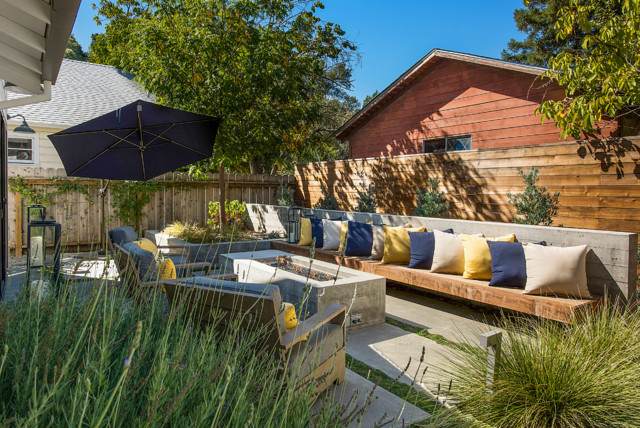
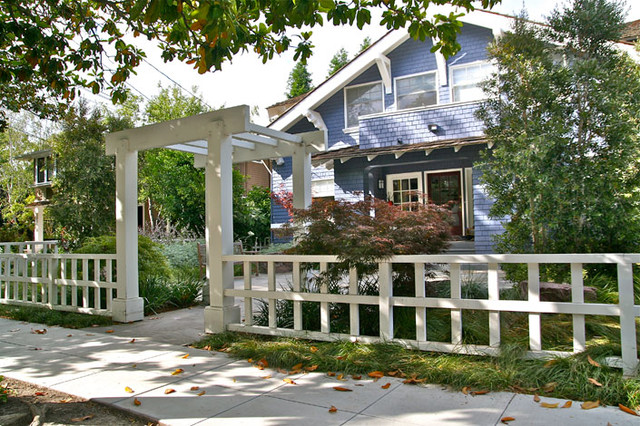



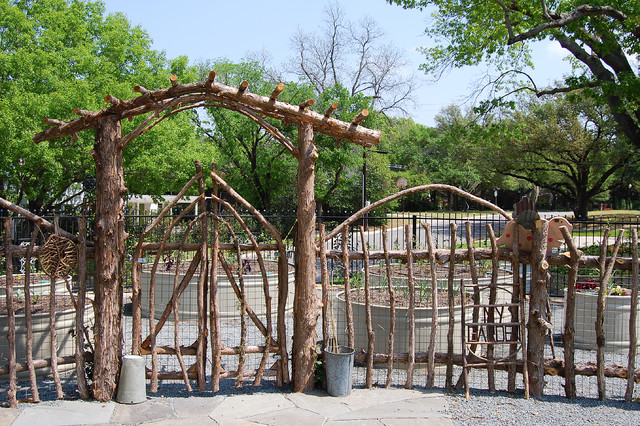


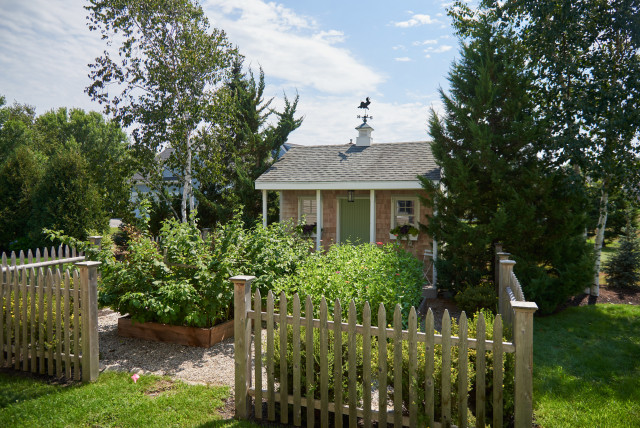
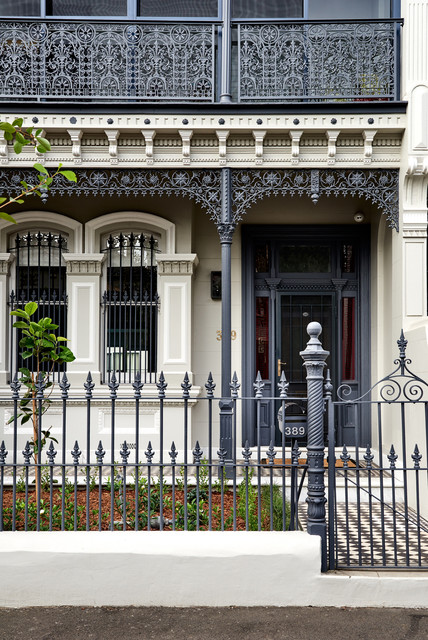
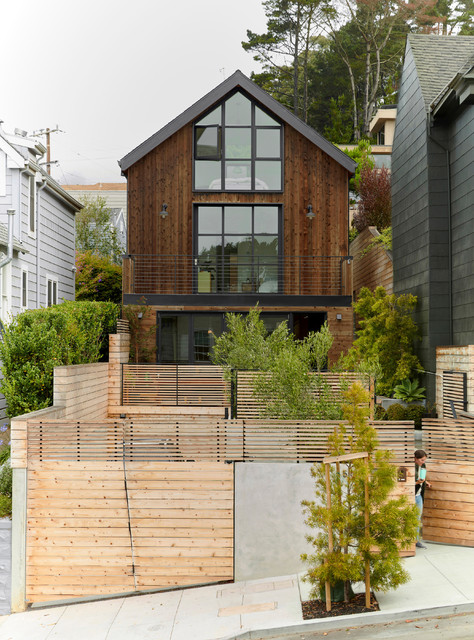
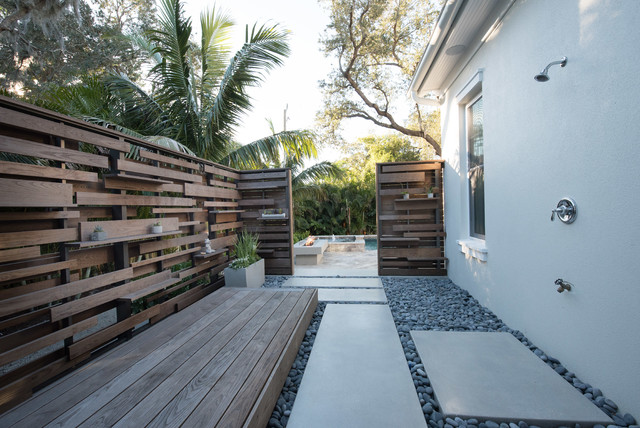
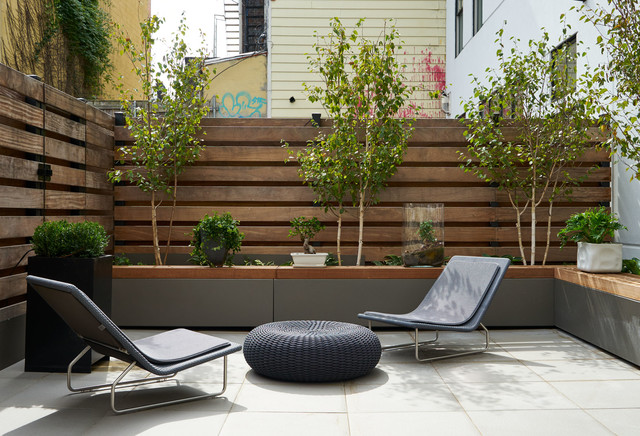
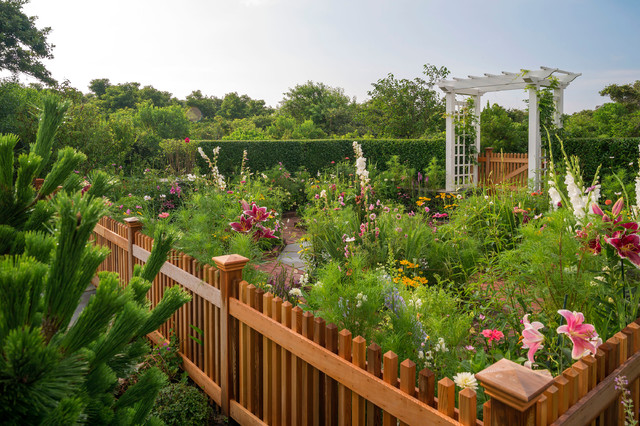
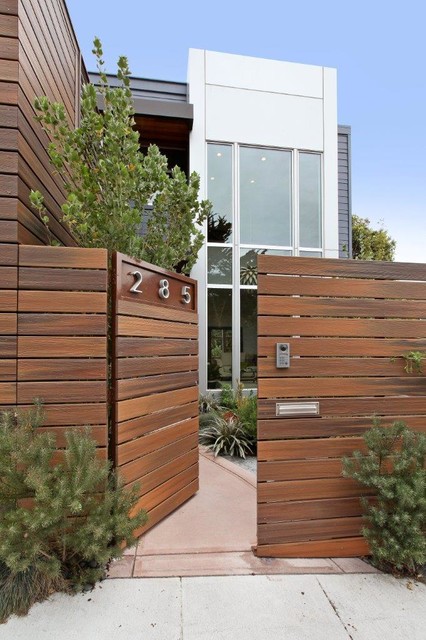
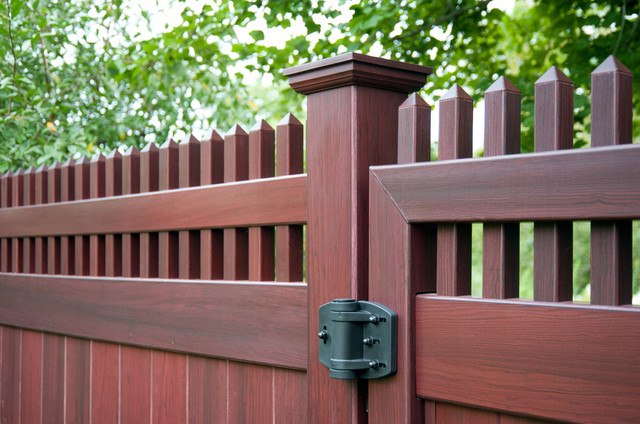

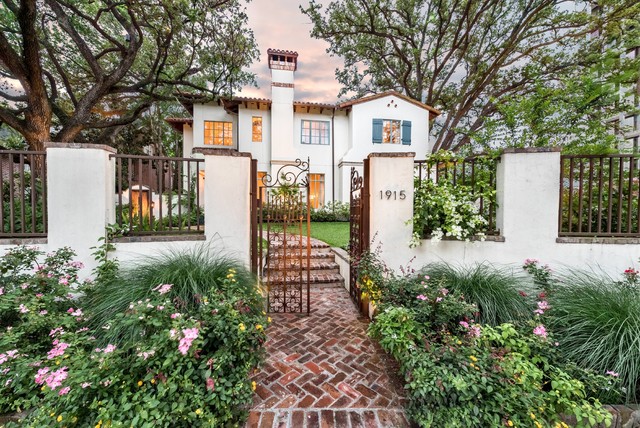

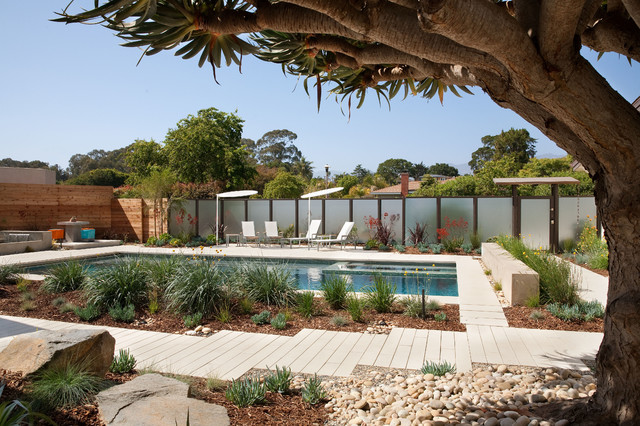

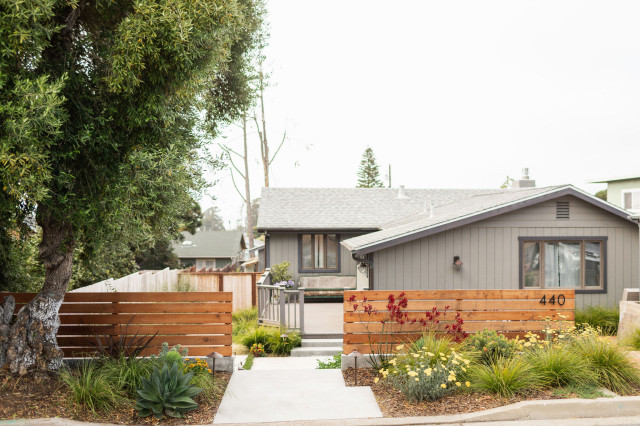
Comments
Post a Comment